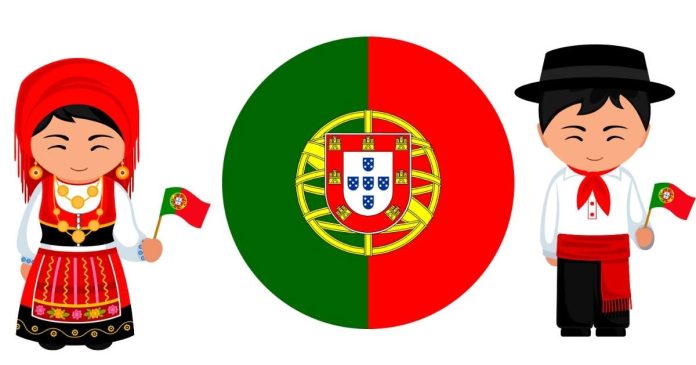If you’re learning Portuguese or looking to greet someone returning after an absence, knowing how to say “welcome back” is a useful phrase to add to your vocabulary. In Portuguese, the phrase “welcome back” can be expressed in a few different ways, depending on the context and who you’re addressing.
Basic Translation: “Seja Bem-vindo(a) de Volta”
The most direct translation of “welcome back” in Portuguese is:
- “Seja bem-vindo de volta” (to a man)
- “Seja bem-vinda de volta” (to a woman)
Breaking It Down
- Seja: A formal imperative meaning “be” or “may you be.”
- Bem-vindo(a): “Welcome,” with the ending changing to match the gender of the person being addressed.
- De volta: “Back,” referring to a return.
Example Usage
- To a man: “Seja bem-vindo de volta ao trabalho!” (Welcome back to work!)
- To a woman: “Seja bem-vinda de volta à escola!” (Welcome back to school!)
Informal Variations
In casual settings, you might use shorter or less formal expressions:
- Bem-vindo(a) de volta! (Welcome back!) – Skipping “seja” makes it more conversational.
- Que bom que você voltou! (It’s so good that you’re back!) – A more emotional or heartfelt version.
- Finalmente você voltou! (You’re finally back!) – Adds an element of excitement.
Cultural Context
In Portuguese-speaking countries like Brazil and Portugal, greetings often carry a warm and personal tone. When welcoming someone back, people often include a smile, a handshake, or even a hug (especially in Brazil) to convey genuine emotion.
Common Scenarios
- Returning to work: “Bem-vindo de volta ao escritório!” (Welcome back to the office!)
- After a trip: “Bem-vinda de volta das férias!” (Welcome back from vacation!)
- Reuniting with friends or family: “Que bom te ver de volta!” (So good to see you back!)
Key Notes for Learners
- Gender Agreement: Always adjust “bem-vindo” or “bem-vinda” based on the person’s gender.
- Plural Forms: If addressing a group, use:
- Bem-vindos de volta (for a mixed-gender group or all men).
- Bem-vindas de volta (for a group of women).
Saying “welcome back” in Portuguese is simple and versatile, with “Seja bem-vindo(a) de volta” as the formal standard. Depending on the situation, you can adjust your greeting to fit the context and convey your excitement. Remember to match the gender and tone to make your Portuguese sound natural and heartfelt.
So, next time you reunite with someone, greet them warmly with a cheerful “Bem-vindo(a) de volta!”


